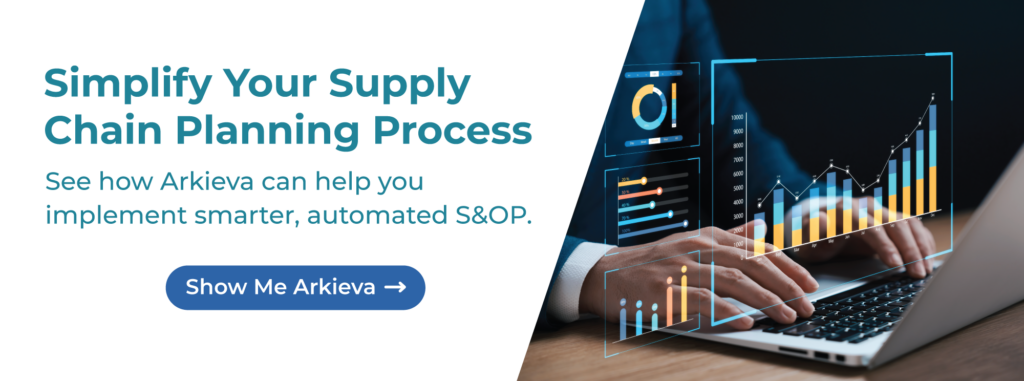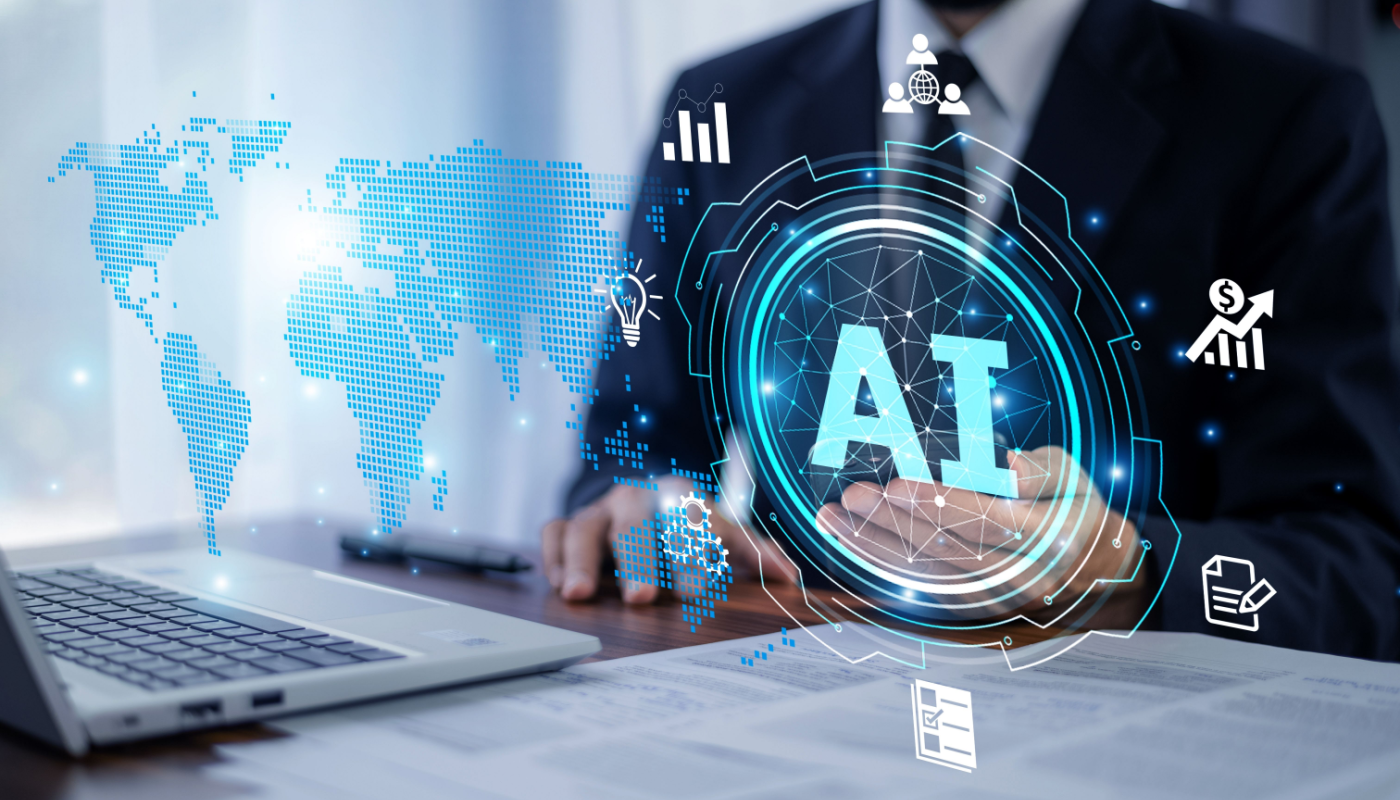Since the release of ChatGPT in 2022, questions and views about AI abound in all fields, often in supply chain management. It was the topic of the keynote presentation at the recent INFORMS Business Analytics Conference. It is a question Arkieva regularly receives from clients and analysts. To address this, we are launching a series of blogs that will range from basic pillars to easy-to-follow explanations of such terms as CATBOOST, hot encoding, and vector databases to Arkieva proprietary work. Today’s blog will outline Arkieva’s perspective and approach to harnessing AI technology to bring value to its customers and avoid chasing the shiny new object, simply because it is trendy.
What is AI?
It is better defined as computational intelligence – which is a diverse set of methods to do some “smart” stuff dating back to the 1950s. These methods incorporate underwriting rules into a knowledge base, photo recognition, speech transcription, speech generation, grammar correction, playing chess and Jeopardy, generate written medical notes, etc. Perhaps the most common use of AI is navigation which incorporates GPS, map data base, logic to find routes from A to B, and speech synthesis. It is best to see AI as part of broader area of decision support.
What is the Application Area of Interest?
Our focus is managing the demand supply network (DSN). Organizations are a network of flows of material and information where firms have a central planning process (CPP) to coordinate the actions of the organizations to avoid “on a hunch” start or purchase a bunch. The pillars of CPP are: (a) demand estimation, (b) supply planning or matching assets (production capability, inventory, purchases, etc.) with demand to synchronize and ensure operational efficiency in identifying what demands will be met when and what additional assets may be needed to handle prioritized demand, (c) putting in place actions to handle uncertainty aka risk management, and (d) structures to support responsiveness. Three common areas for risk management are safety stock for exit products, safety stock for raw material, and spare capacity.
Where is AI Helping Now?
- The area of AI called machine learning (ML) is used to identify insight in historical demand data to support demand estimation. The methods in ML are a logical extension of statistical learning and mathematical forecasting methods. They are particularly critical when environmental factors (such as holidays and weather) must be accounted for, and daily granularity is needed. Some specific examples in the Arkieva product suite are:
- A time series profiling engine to classify each time series which reduces the number of methods that need to be evaluated.
- Effortlessly supports attribute hierarchies and has pyramid structure to extract insight across the hierarchy.
- Proprietary algorithms to integrate classification with time series methods.
- In supply planning or matching assets with demand substantial enhancements enable mixed integer linear programming (MILP) to tackle very large networks and logical conditions to handle complexity such as a only make 2 unique products in each week. Some specific examples at Arkieva are:
- The MILP environment naturally supports tidy data which facilitates fully data driven models and scenario analysis.
- It has proprietary heuristics to ensure a quality solution in a reasonable amount of time for large and complex demand supply networks.
- It partners with Hexaly for combinatorial problems. Combinatorial is a fancy sounding term that is part of everyone’s day – the order in which tasks are done.
- In practice, simply getting a solution is the start of analysis. Answering questions such as why, what if, and how the firm can repair a planner are critical to business success. This requires reasoning about the demand supply network (DSN) which is supported by ORBIT. This enables the planner to quickly identify which actions support which demands and easily to do what ifs.
Where Will AI Help Soon?
Success requires timely intelligent response. This requires sense and respond, where one area is demand sensing. One of my favorite examples is from Proctor and Gamble. Their data indicated replenishment of a product had dropped dramatically. When they explored why, they found the product wasn’t on the shelves.
Are There Other Places Where AI is Helping Business?
Yes, but they aren’t an integral part of managing demand supply networks. For example, the ability to create a transcript from any online session and then generate a summary of the session.
Two Last Observations
- It is important to move beyond specific methods to create tools that support community intelligence which breaks down the silos.
- Problem framing is critical to any analytics effort.
Next up is a set of blogs taking a detailed look at machine learning starting with linear regression – the crossroads machine learning and optimization.






